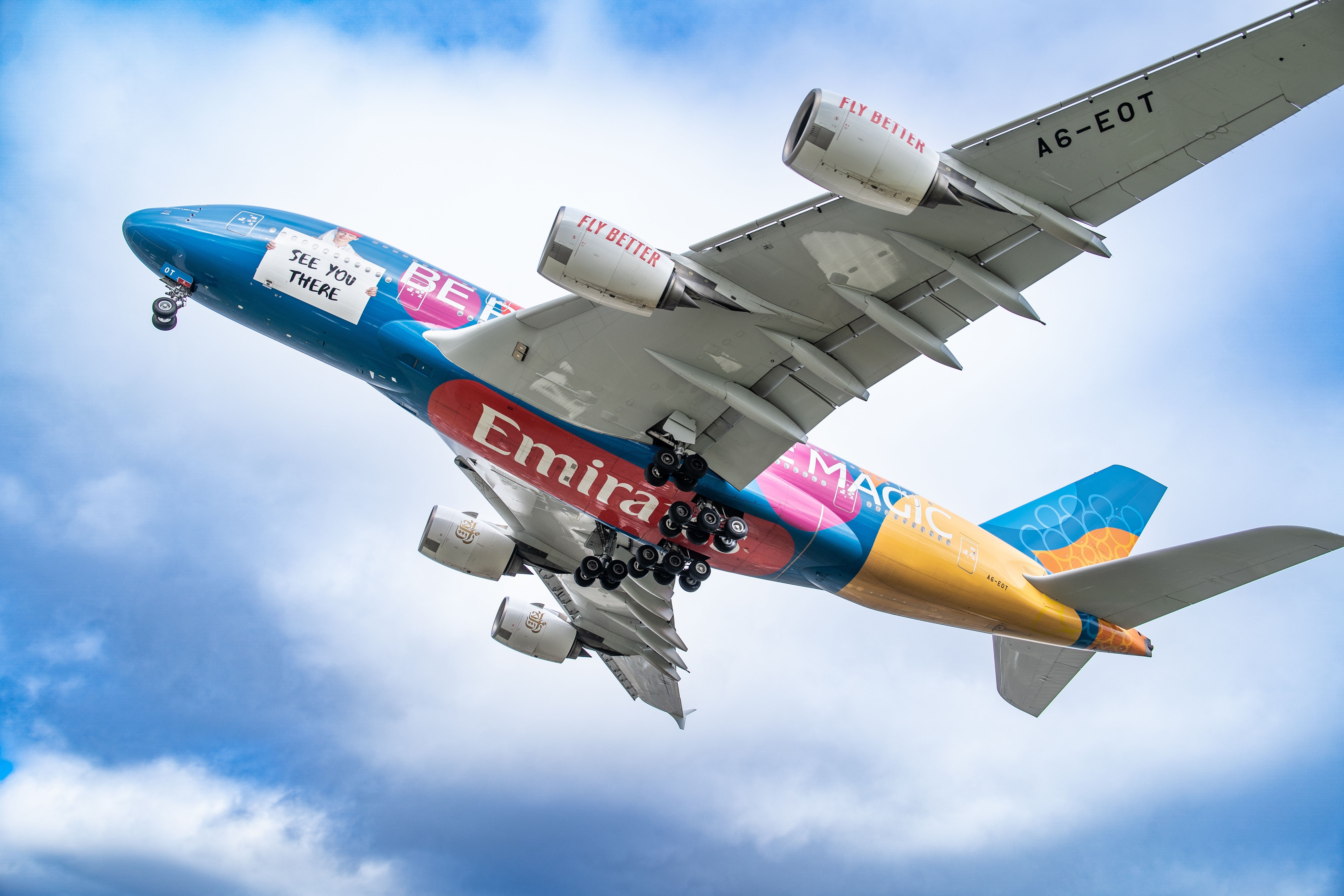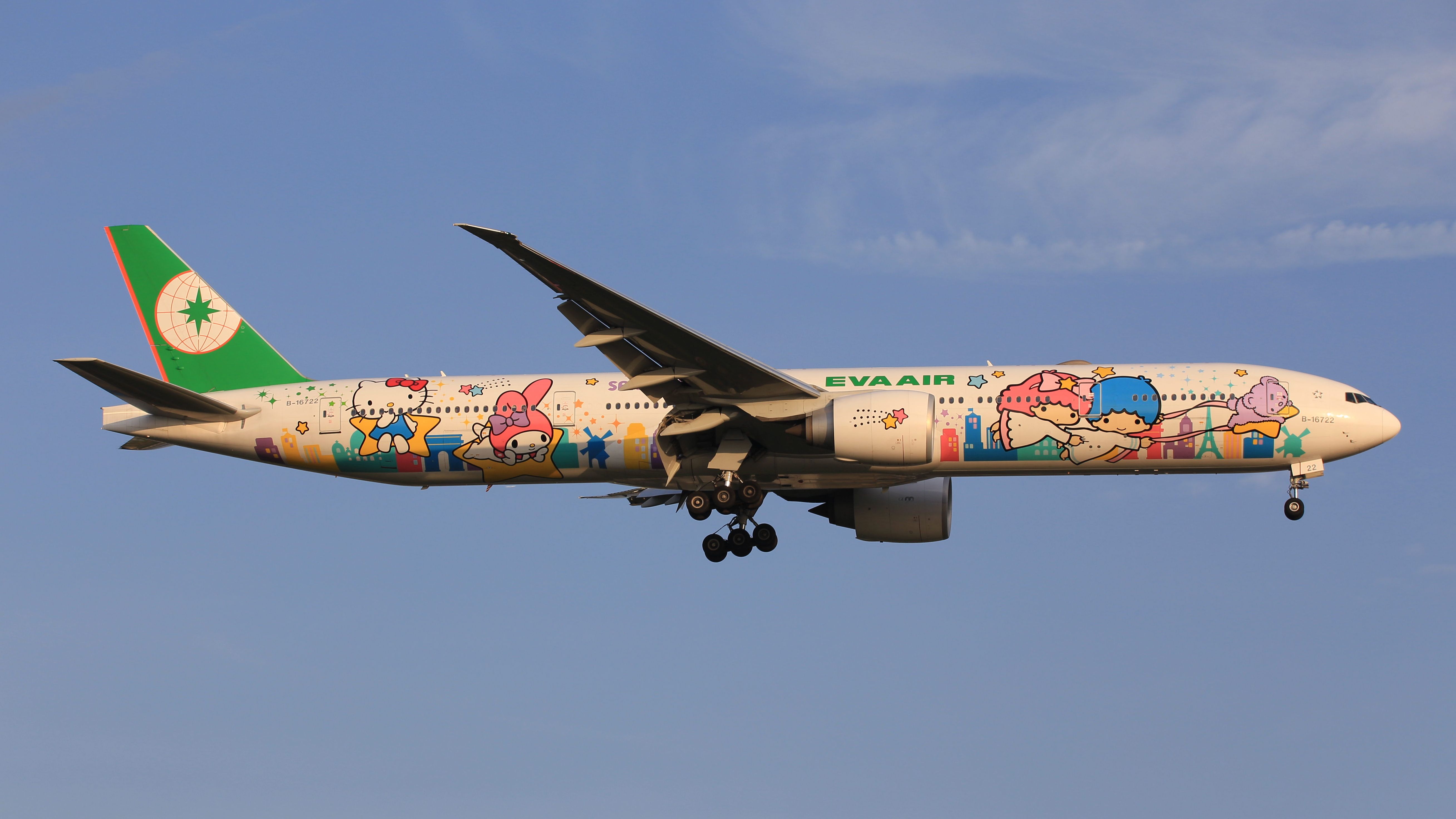Summary
- Painting an aircraft is a complex and meticulous process that requires precision to avoid long-lasting effects.
- The cost of repainting an aircraft can vary, with widebody aircraft costing over $175,000 and narrowbody aircraft costing around $50,000.
- Repainting aircraft is necessary for branding purposes, to maintain safety and performance, and to address other needs or legal requirements.
It is always exciting to see an aircraft roll out of the paint shop for the first time, even with the traditional airline's livery or a new, unique design. A plane will go through several paint refreshes, or new liveries, during its lifetime for various reasons, including rebranding, launching campaigns, and maintenance and inspection purposes. However, most airlines only repaint aircraft when it is necessary because it is not a cheap affair.
Painting aircraft
As you can imagine, painting an aircraft is also not an easy task. It requires technical knowledge and precision, as any errors can have long-lasting effects on aircraft's body and cost the company even more money. The first step in repainting is to remove the previous layers. Workers will sand down the surface by hand and use solvents to remove the paint.
This is essential to reduce weight as a plane can take between 600 lbs (272 kg) and 1,200 lbs (544 kg) of paint. Qantas once estimated that the paint on its Airbus A380s weighed over 1,102 lbs (500 kg). Removing the paint also gives the company a chance to inspect the fuselage for damage or corrosion. The paint is then re-applied. It is sprayed on one color at a time, with specific areas like windows covered to avoid any messes. It is finished off with a layer of gloss.
How much does a paint job cost?
Painting and maintenance costs are not something that airlines generally publish. But we can get a good idea from information shared online. Several discussions indicate costs of over $175,000 for a widebody and about $50,000 for a narrowbody. The cost largely depends on the size of the aircraft and the type of job being done. A Boeing 777 is estimated to cost up to $200,000 for complete repainting.
An Airbus A320, on the other hand, could cost less than $50,000. In 2012, British Airways repainted one of its A319s to resemble a dove ahead of the London 2012 Olympics. It did not publish the project's cost but stated that it took a 10-person team 950 man-hours to complete the job. It took about 132 gallons (500 liters), but BA's Boeing 747s would have needed about four times that.
Other discussions online indicate figures of up to $300,000 for the jumbos and superjumbos. It is sometimes higher, though. In 2020, a repaint of the UK government's RAF VIP Voyager aircraft cost taxpayers an incredible £900,000 ($1.16 million). With a red, white, and blue scheme, it is undoubtedly patriotic but also expensive.
Taking aircraft out of service
The cost of physically painting an aircraft and the labor involved is only part of the equation. Just taking a plane out of service is a significant expense for any airline. It's common for airlines to schedule painting, maintenance, and other updates or refits together to minimize the time the aircraft is out of use. Minimizing repainting obviously makes sense, given the high costs and time out of service.
This is one reason many aircraft have a mainly white color scheme, as white fades slower than other colors. It also helps keep the aircraft cooler and displays fuselage damage easier. Painting can take up to two weeks for larger aircraft and about eight days for smaller ones. However, sometimes aircraft are grounded for shorter periods when they aren't getting fully repainted.
Earlier this year, Ethiopian Airlines repainted one of its B737-800s with the Nigeria Air livery. This seems to have taken only four days, as the aircraft was only out of service for that period. Some discussions say it was not a complete paint job, as the aircraft retained Ethiopian's registration, and certain irregularities were noticed. Similarly, LIFT recently unveiled a special holiday livery with Disney characters on part of its A320. The single-aisle was only out of service between the 16th and 20th of October.
Why paint aircraft?
Given that it is so expensive, you may question why airlines paint aircraft and, more importantly, why they regularly repaint. There are several important reasons: The livery is an integral part of branding, and airlines want to change this between aircraft. Also, when planes are sold or leased to another airline, the livery must change.
Repainting is also essential for safety and performance. Regular painting helps to avoid corrosion of the fuselage, and stripping back allows inspection and repair. Dirt and damage to the surface also reduce aerodynamic performance. Aircraft are also painted when airlines rebrand. Although it was not by choice, New (Northern) Pacific Airlines may have to invest millions in repainting its aircraft as it was forced to change its name due to a trademark infringement suit.
What are your thoughts on the cost of repainting an aircraft? Do you have any figures you would like to share? Please drop us a comment!




